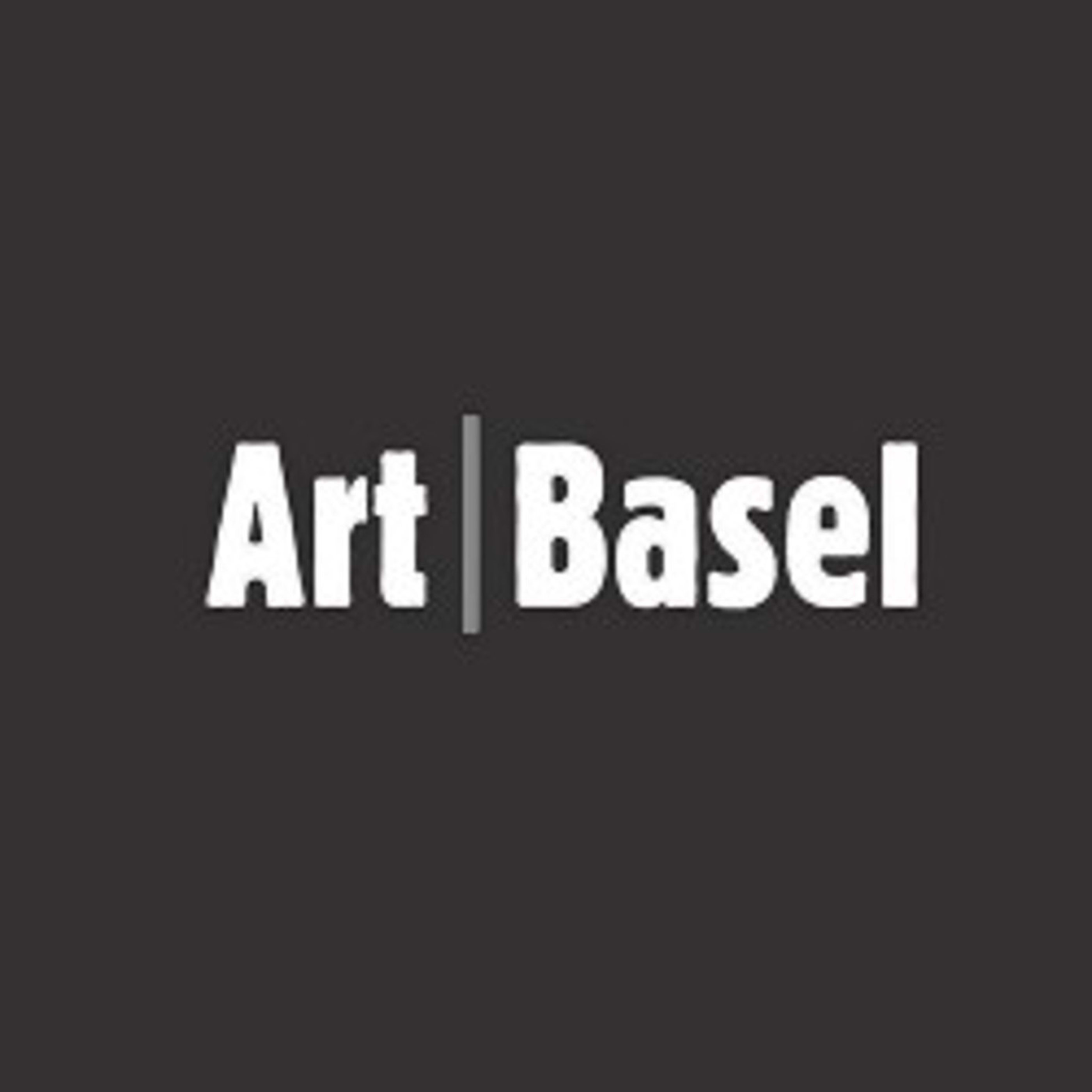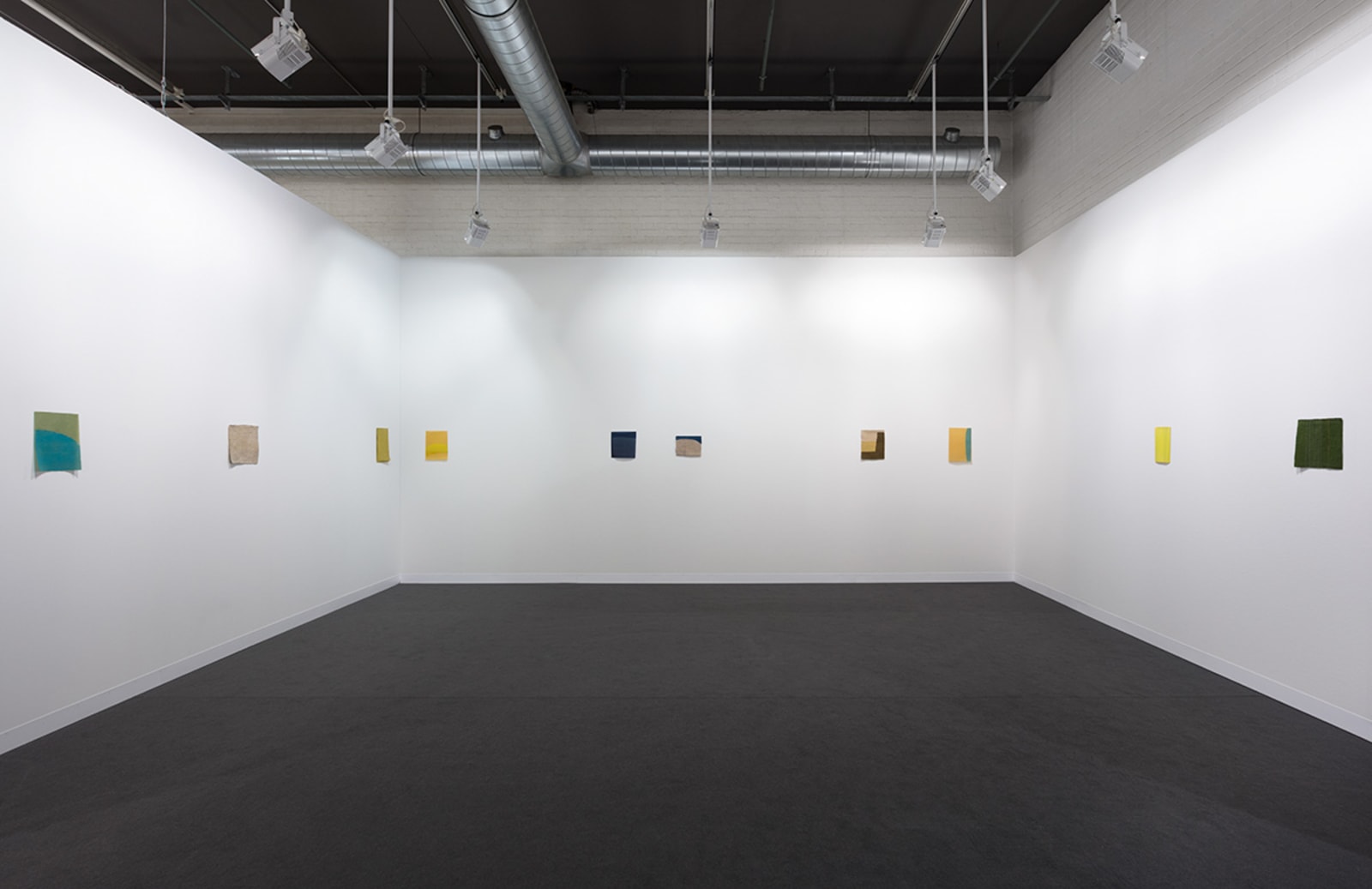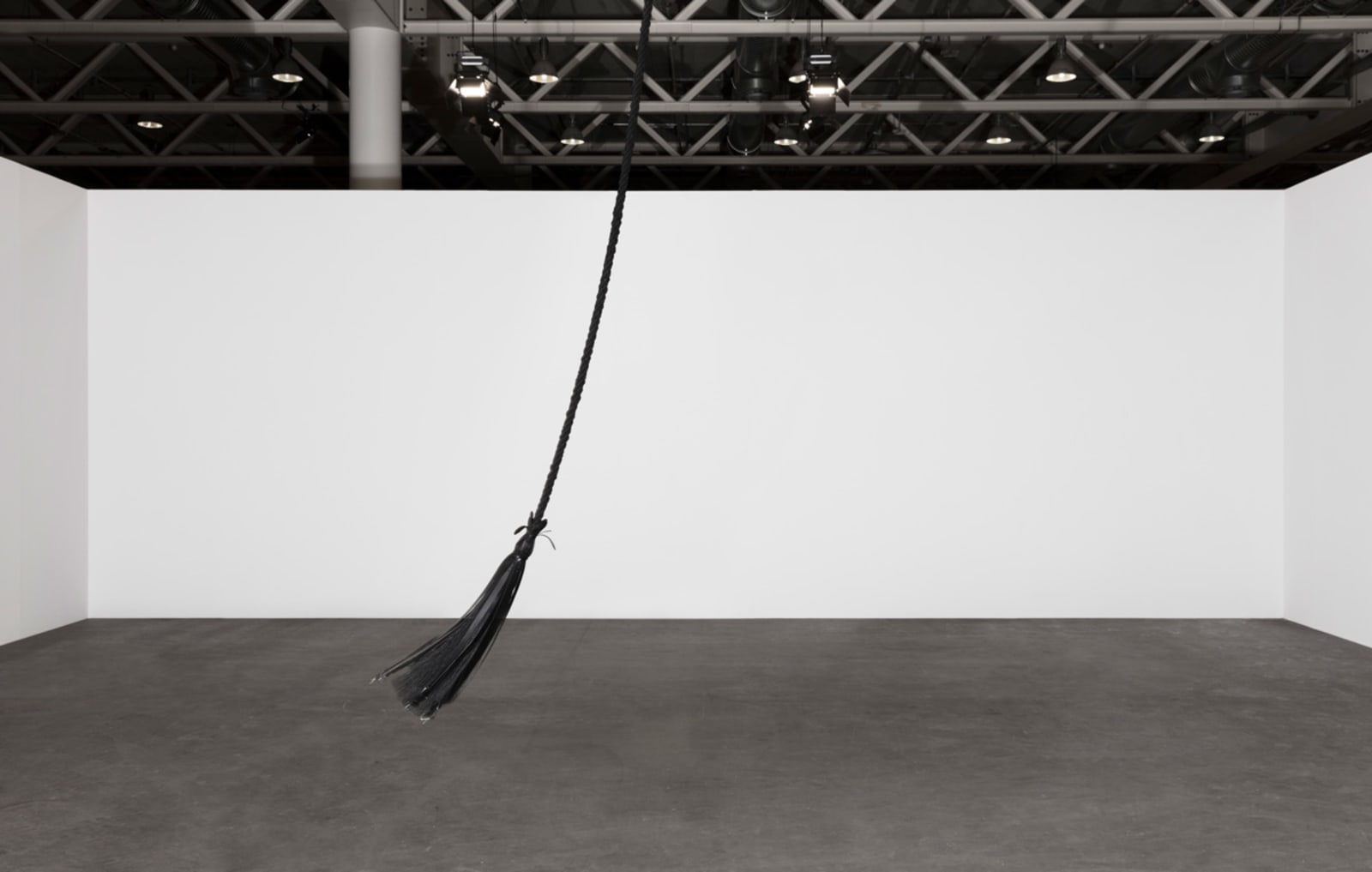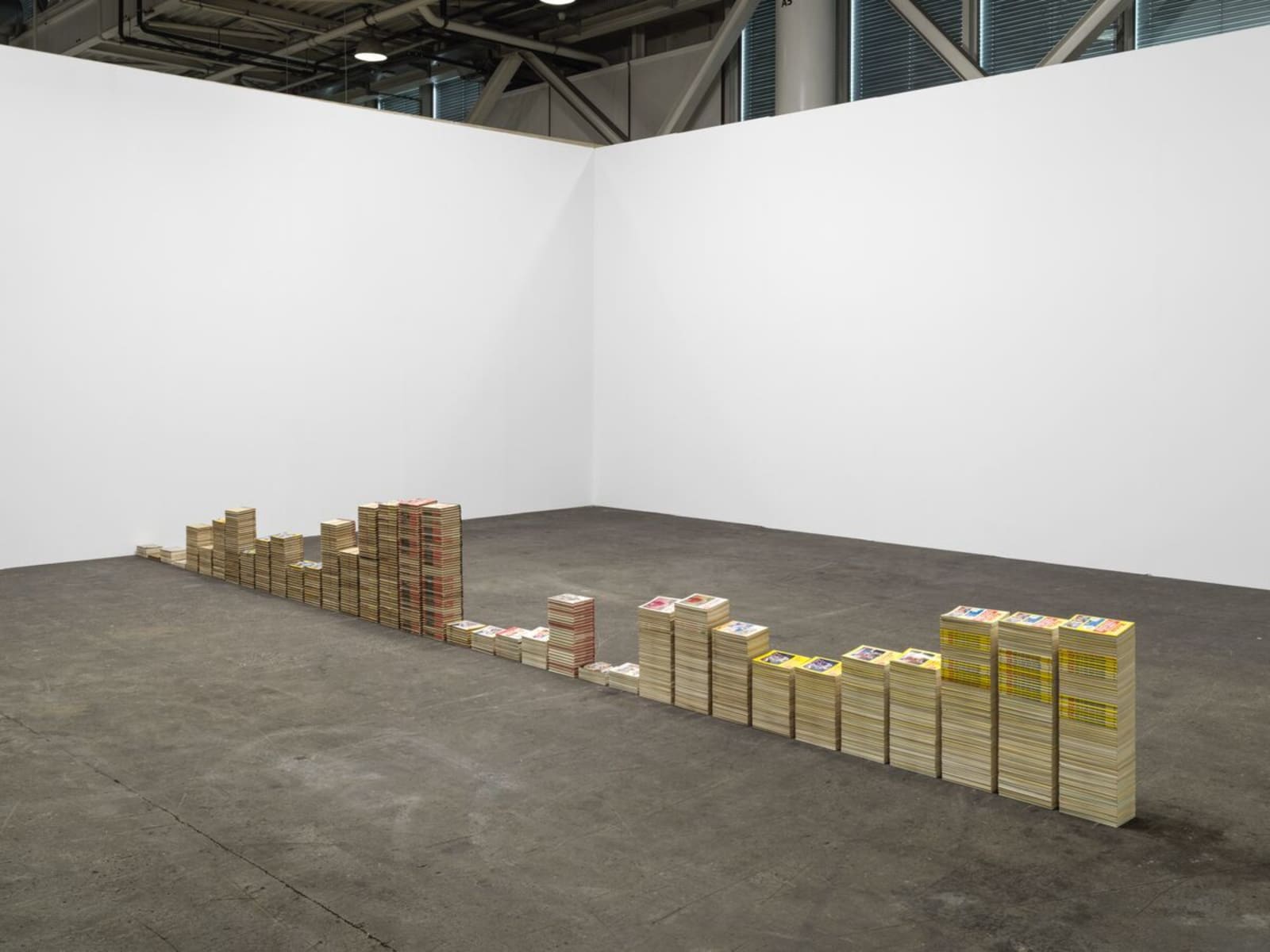Art Basel 2019

On the occasion of Art Basel 2019 we are showing a project by American artists Helen Mirra and Allyson Strafella in the Feature sector. Fieno (Hay) is a distillation of the exhibition Fieno, fieno, fieno, that took place in the gallery’s three spaces along via Stradella in Milan. There, Mirra and Strafella’s works were shown separately in the two smaller rooms, and the largest space was filled with hay bales, brought in from a farm outside of the city.
Rather than a tractor, Mirra’s instrument is a small tapestry loom, and Strafella’s is a typewriter. The two artists worked simultaneously in their individual studios, considering the same subject-object – hay – that is both itself and indexical of of cultivation, of weather, and of the sun.
We are pleased to participate to the Unlimited sector with Monica Bonvicini’s Breathing, a hanging sculpture made of leather belts moving through the space, loudly sweeping across and hitting the floor. The screeching and metallic noises of the belts crushing on the surface are accompanied by the industrial sound created by the pneumatic pistons that keep the installation in motion. The resulting movements are precisely programmed into a choreography reminiscent of a dance or a forced and repetitive mantra.
Breathing is the title of the performative sculpture, frightening and meditative at once; the moving object, in the shape of a witch’s broom or an oversized whip, refers to contemporary feminist politics and the presence of powerful female figures.
Conceived for Zoe Leonard’s 2018 retrospective, How to Take Good Pictures debuted at the Whitney Museum of American Art in New York and later traveled to the Museum of Contemporary Art Los Angeles. The work is composed of approximately 1,033 books, copies of a vintage photography manual arranged successively in chronological stacks of varying heights. Illuminating difference through repetition, the neat towers of books track the evolution of the publication over numerous editions and reprints.
First published by Kodak as ‘How to Make Good Pictures’ and later retitled ‘How to Take Good Pictures’ in 1981, the guide selected by Leonard was in print from 1912 through 1995. Through the topographic stacks of the guide, the viewer can track the passage of time. Progressive changes in the design of the manual, from more subdued and academic to bright and familial, allude to not only technological advancements in the field but also the reconceptualisation of photography as a popular national pastime. The shift in the titular verb, from ‘make’ to ‘take’, signals the paradigm shift from the notion of more subjectively ‘creating’ a picture to ‘capturing’ one. At once serial photograph and minimalist sculpture, the work is a meditation on the photographic act itself: the process of framing, capturing, and producing an image.
Images


